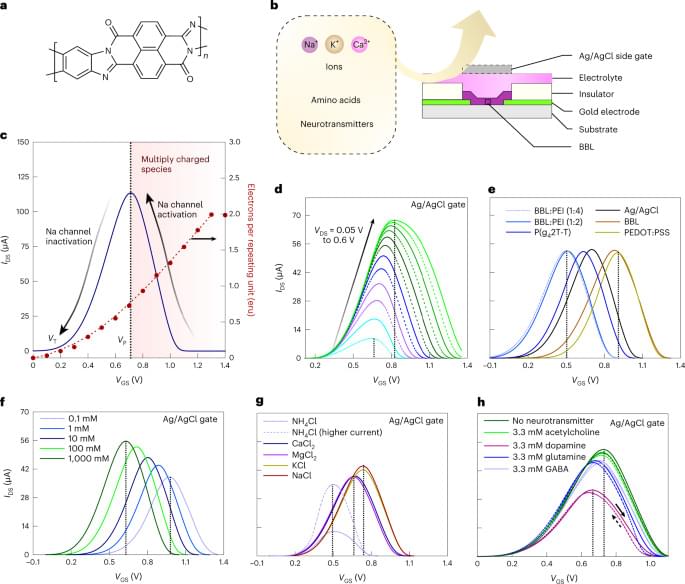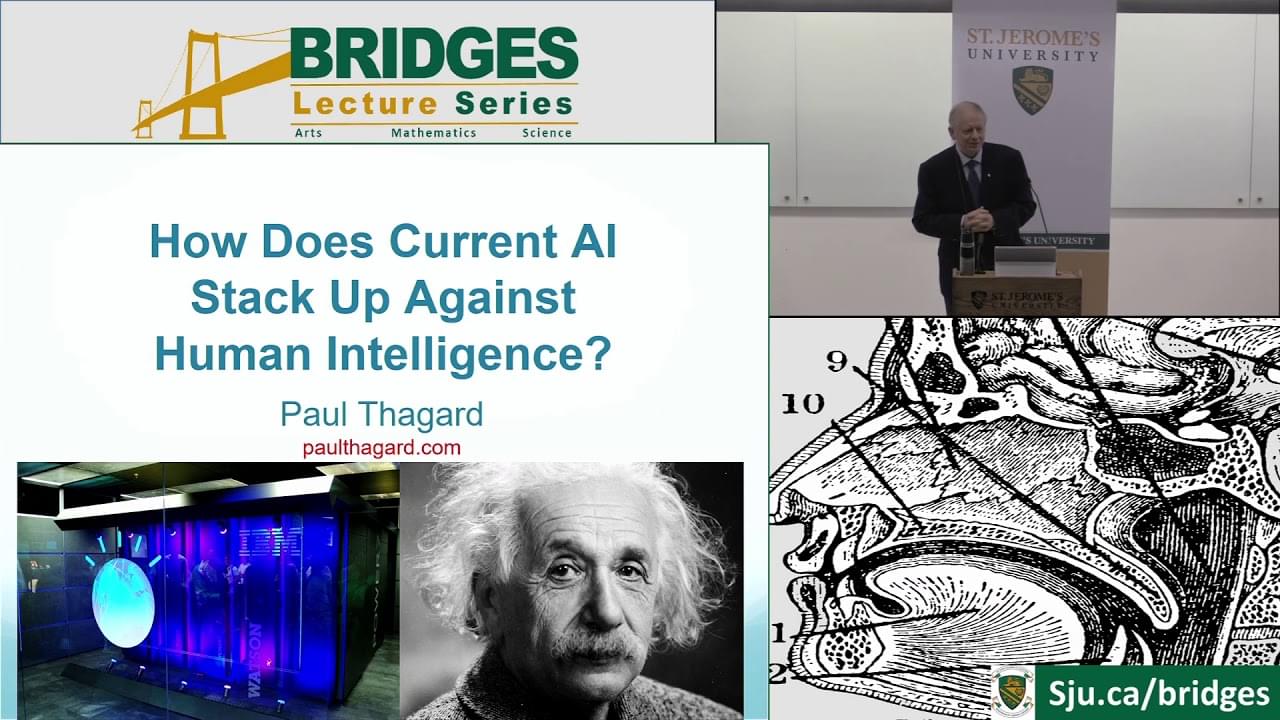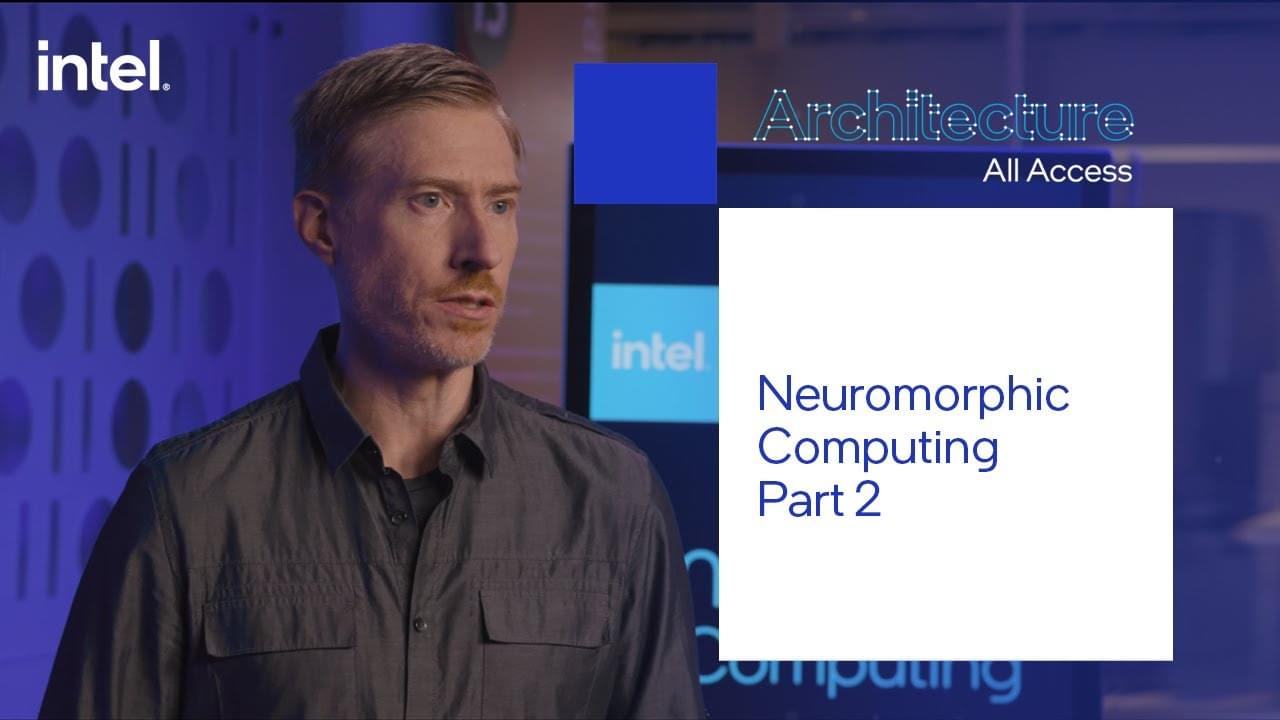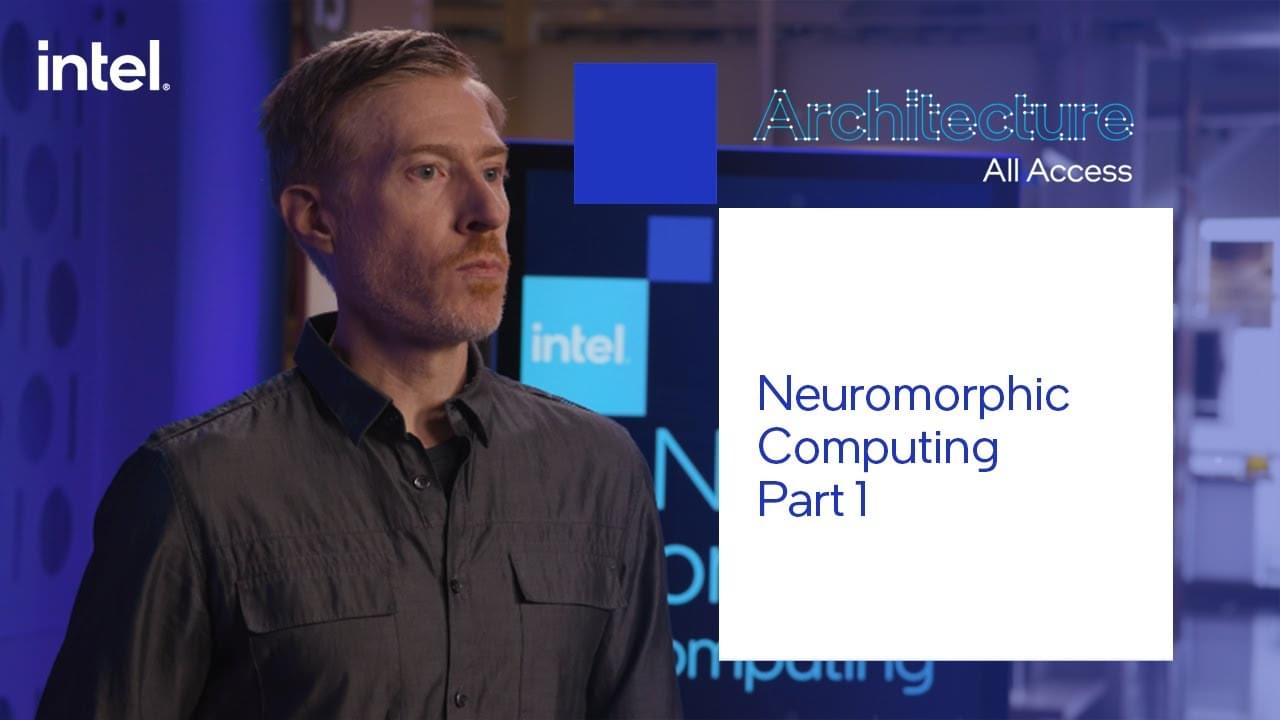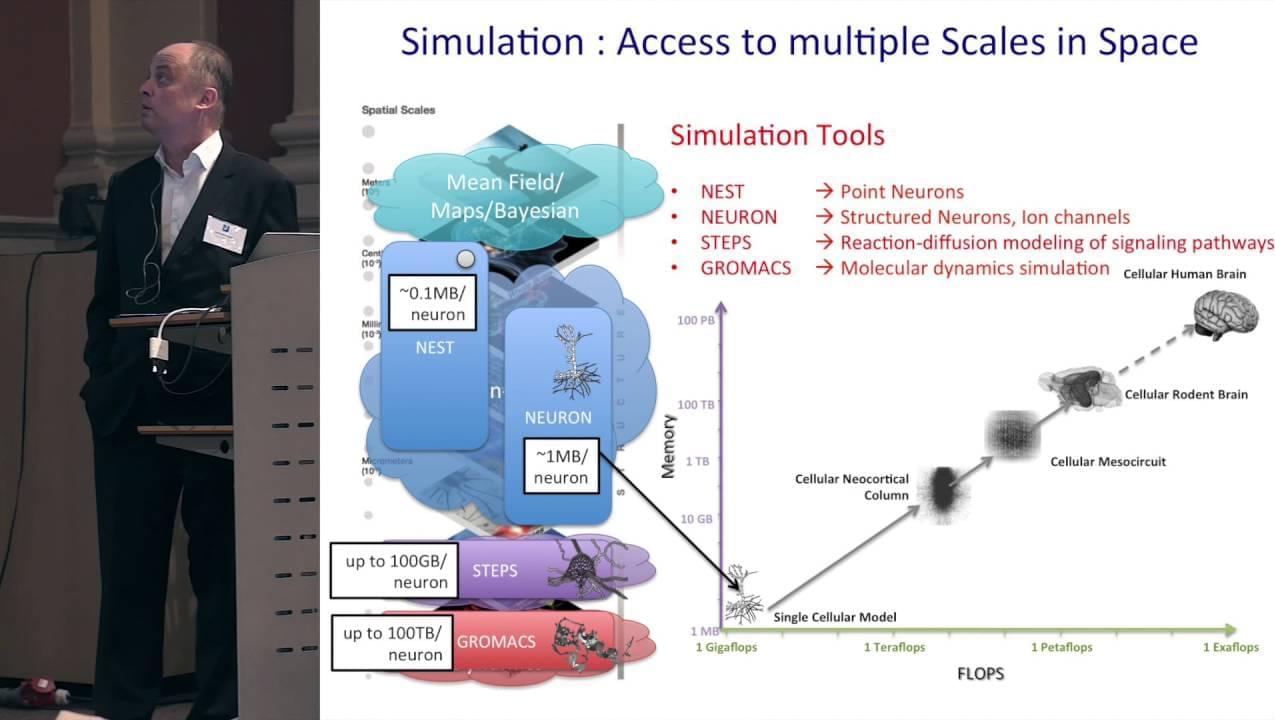Jan 19, 2024
Ion-tunable antiambipolarity in mixed ion–electron conducting polymers enables biorealistic organic electrochemical neurons
Posted by Dan Breeden in categories: biological, chemistry, neuroscience
Silicon-based complementary metal-oxide semiconductors or negative differential resistance device circuits can emulate neural features, yet are complicated to fabricate and not biocompatible. Here, the authors report an ion-modulated antiambipolarity in mixed ion–electron conducting polymers demonstrating capability of sensing, spiking, emulating the most critical biological neural features, and stimulating biological nerves in vivo.
